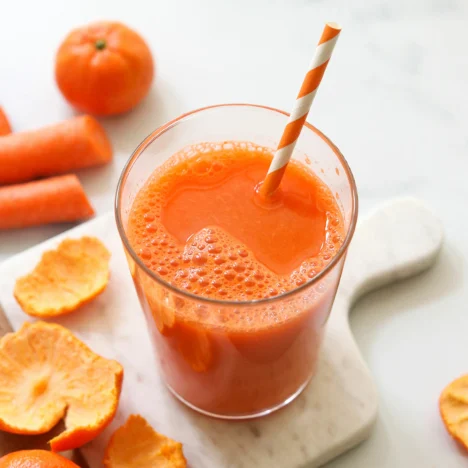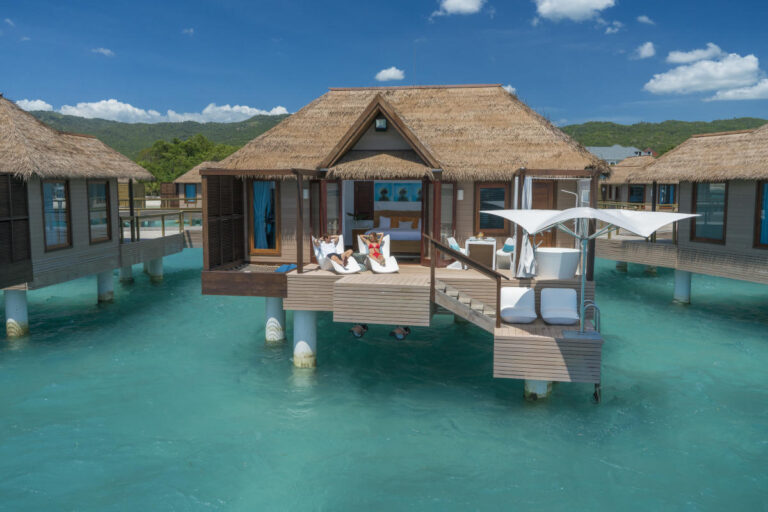Jamaica, a vibrant island nation known for its rich culture, breathtaking landscapes, and world-renowned music, is home to some of the most resilient and spirited children in the Caribbean. These young Jamaicans represent the heart and future of the nation, carrying forward its traditions while embracing modern opportunities and challenges.
Education and Opportunities
Education is a vital aspect of life for Jamaican children. The government has made significant strides in ensuring access to primary and secondary education for all. Schools across the island focus on both academic excellence and extracurricular activities, with sports, music, and cultural studies playing a major role in child development. Jamaica boasts a proud history of producing world-class athletes, and many children grow up aspiring to be the next Usain Bolt or Shelly-Ann Fraser-Pryce.
Despite the opportunities available, challenges persist. Some children in rural and underserved communities face obstacles such as limited resources, overcrowded classrooms, and economic hardships that affect school attendance. However, initiatives from both the government and non-governmental organizations (NGOs) aim to bridge these gaps by providing scholarships, school supplies, and mentorship programs.
Culture and Lifestyle
Jamaican children grow up immersed in a rich cultural environment. Music and dance are integral parts of their daily lives, with reggae, dancehall, and traditional folk music shaping their social experiences. Many children learn early to express themselves through creative arts, contributing to Jamaica’s dynamic cultural scene.
Family and community play a crucial role in a child’s upbringing. The African-rooted proverb “It takes a village to raise a child” is very much alive in Jamaica, where extended families, neighbors, and community members often share in raising and guiding young ones. Respect for elders, a strong sense of community, and a love for storytelling are instilled in children from an early age.
Challenges and Resilience
While Jamaica’s children are full of promise and potential, some face significant challenges. Issues such as poverty, crime, and limited access to quality healthcare impact many young lives. The government and various organizations continuously work to improve child welfare through programs that address nutrition, mental health, and social services.
Jamaican children demonstrate remarkable resilience and determination in the face of adversity. Whether through excelling in academics, sports, or the arts, they continue to rise above challenges, embodying the island’s indomitable spirit. Many young Jamaicans are using their voices to advocate for change, engaging in youth leadership programs and championing causes such as climate action, education reform, and social justice.
A Bright Future
Despite the challenges, the future of Jamaica’s children is bright. Investments in education, youth development, and social programs continue to create pathways for success. As the next generation grows, they carry the legacy of a proud and vibrant nation, ready to make their mark on the world.
Jamaica’s children are more than just the future—they are the heartbeat of the nation today. Their dreams, talents, and aspirations will shape the island’s destiny, ensuring that the Jamaican spirit continues to thrive for generations to come.











